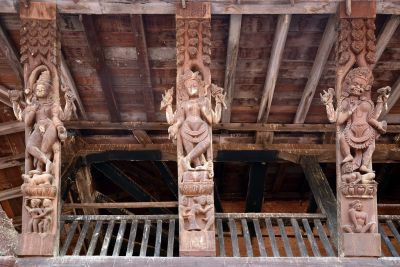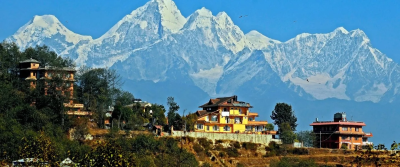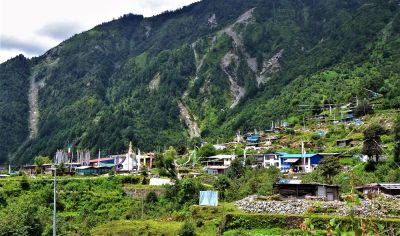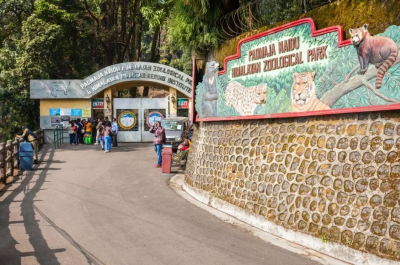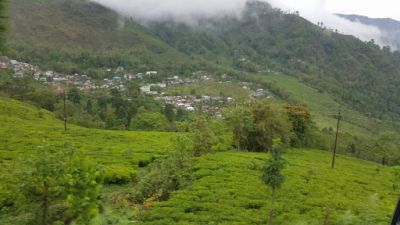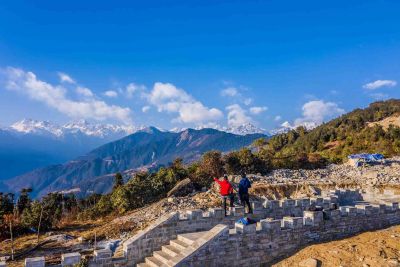Bagh Bhairab Temple, Kirtipur, Nepal: A Historical Overview of Tourism
The Bagh Bhairab Temple, located in the ancient city of Kirtipur, just a short drive from Kathmandu, Nepal, has been a significant religious destination for centuries. Dedicated to the deity Bhairab in the form of a tiger, which is considered a manifestation of Lord Shiva, this temple holds a critical place in the local Newar community's spiritual life. It is famous for its intricate wood carvings and historical artifacts.
The Beginnings of Tourism
While the temple itself dates back to the 16th century, tourism in the area began to rise in the late 20th century. Initially, visitors came to Kirtipur for its rich history and ancient architecture, but the unique charm of the Bagh Bhairab Temple has since drawn both domestic and international tourists. The first wave of tourism largely consisted of trekkers and adventure travelers who sought to explore the natural beauty and cultural heritage of Nepal.
The Growth of Cultural Tourism
Over the years, the focus has shifted from adventure tourism to cultural and religious tourism. The Bagh Bhairab Temple began to receive more attention as travelers sought to immerse themselves in the local customs and traditions. The temple's festival, Bagh Bhairab Jatra, which takes place annually in August or September, became a significant draw for tourists wanting to experience the vibrancy of Nepalese festivals firsthand.
Modern Tourism Trends
In recent years, the concept of sustainable and responsible tourism has gained momentum. Tourists are now more aware of their impact on the environment and the local culture. Hence, there has been an increase in eco-friendly accommodations and tours that promote cultural exchange and community benefits.
Adventure tourism remains popular, but it is now combined with community-based experiences. Travelers visit Kirtipur and the Bagh Bhairab Temple not just for sightseeing, but also to engage with local artisans, savor traditional Newari cuisine, and learn about the rich tapestry of history and folklore associated with the region.
Impact of Technology on Tourism
The rise of social media and travel platforms has also altered the landscape of tourism in Kirtipur. With online reviews and virtual tours, potential visitors can plan their journey to the Bagh Bhairab Temple with great detail. The use of technology for promoting the temple and surrounding areas has encouraged a new wave of tech-savvy explorers eager to discover Kirtipur's hidden gems.
Challenges and Opportunities
Despite the growth in tourism, the Bagh Bhairab Temple and Kirtipur have faced challenges, including the need for preservation efforts and the impact of the 2015 earthquake. These challenges have led to opportunities for voluntary tourism, where visitors participate in restoration projects and support the resilience of the local community.
The Future of Tourism in Kirtipur
Looking ahead, the future of tourism at the Bagh Bhairab Temple and Kirtipur appears bright, with ongoing investments in infrastructure and community-based tourism initiatives. As the region continues to balance modernity with tradition, the temple will undoubtedly remain a cornerstone of cultural tourism in Nepal.



